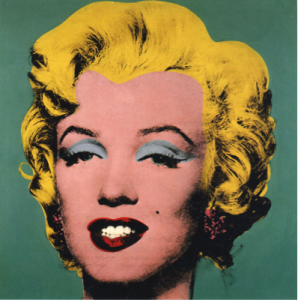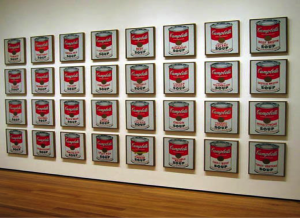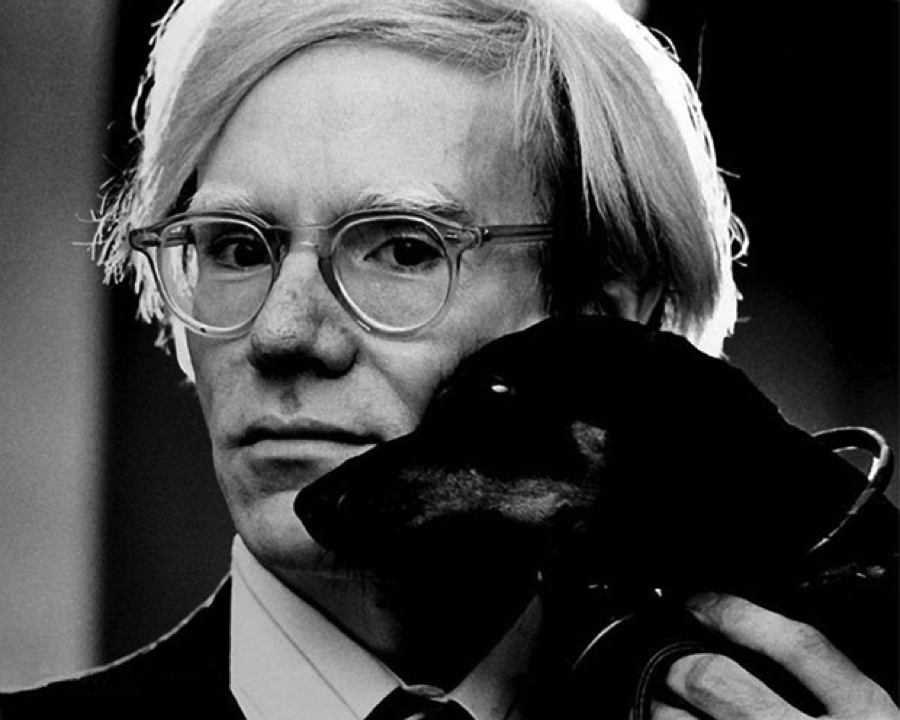Andy Warhol is one of the influential modern artists of the late 20th century. It was during the 1960s that one of New York’s most successful fashion artists would go on to create the pop art movement. This movement began when Warhol started creating large paintings covering a whole plethora of subjects relating to pop culture, from comic books to publicity photographs of movie stars. Although these paintings may have appeared to be bland and unoriginal, Warhol secretly understood that the only way to be noticed by the general public was to create art intended for a less sophisticated audience.
Warhol eventually went on to create imagery based on common objects including dollar bills, soft drink bottles, and more famously, Campbell’s soup cans. The origins of the soup-can painting date back to 1962 when Warhol witnessed the comic strip paintings of artist Roy Lichtenstein at the Leo Castelli Gallery. This would inspire Warhol to buy and trace projections of the canned soup onto a canvas, painting with outlines to mimic the appearance of the labels. Warhol used Campbell’s has the soup brand of choice because a friend suggested not only as a new drawing source, but also because Campbell’s Soup was a highly recognizable brand.
He experimented with color for the painting, abandoning the dripping paint effect of his past works and aiming for a more precise mechanical reproduction. Warhol ended up producing thirty-to varieties of the soup cans, which caught the eye of Irving Blum, an art dealer who ended up giving him his own show during the summer. The exhibit would go on to receive mixed reception from the public – while some aspiring artists and filmmakers enjoyed the novelty of the display, other people were either unimpressed or disgusted. It wasn’t until Blum sold five of the paintings that he realized that the paintings were more effective as a work of art collectively. He requested Warhol to buy the paintings for $3,000 dollars.
Despite using their products in his work, Warhol refused to associate himself with Campbell’s as a company. Because the soup labels were not (and remain) copyrighted, he never asked for the company’s permission to use them and the company never sued against his actions. Warhol’s ultimate intention was for people to look beyond the commercial, materialistic exterior of the brand label and admire the paintings solely as a work of art. Even though his art would be featured in galleries and museums, Warhol remained a commercial artist throughout the rest of his career. It wasn’t until 23 years later in 1985 when Campbell’s approached Warhol again, but this time for a paid request to produce paintings of their dry soup mixes.
Andy Warhol’s legacy inspires me because it showed me that inspiration for art could come from anywhere and the importance of integrity. Warhol never let the use of Campbell’s label in his paintings prevent them from being poignant from an artistic standpoint. His paintings still captivate and inspire the public to this day.


